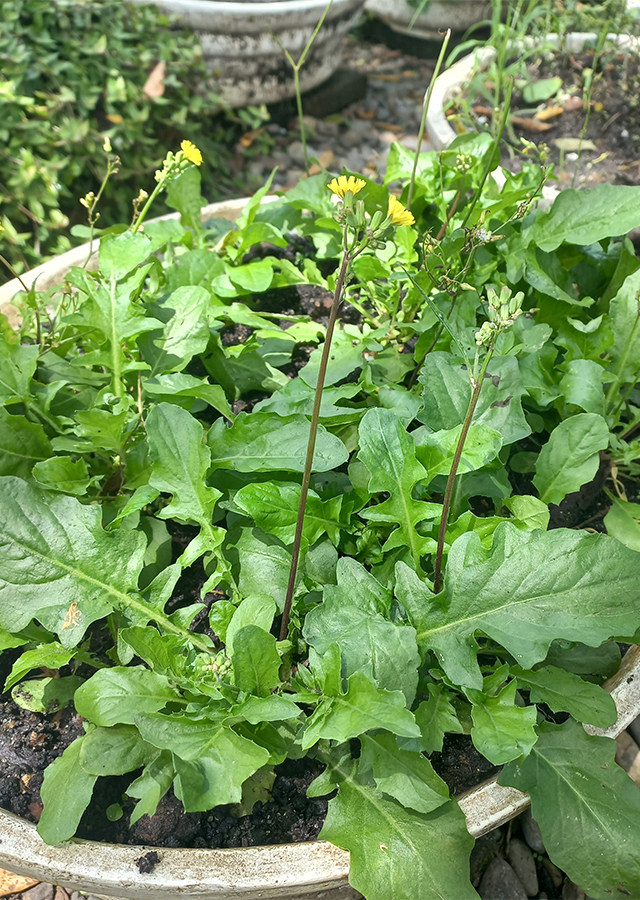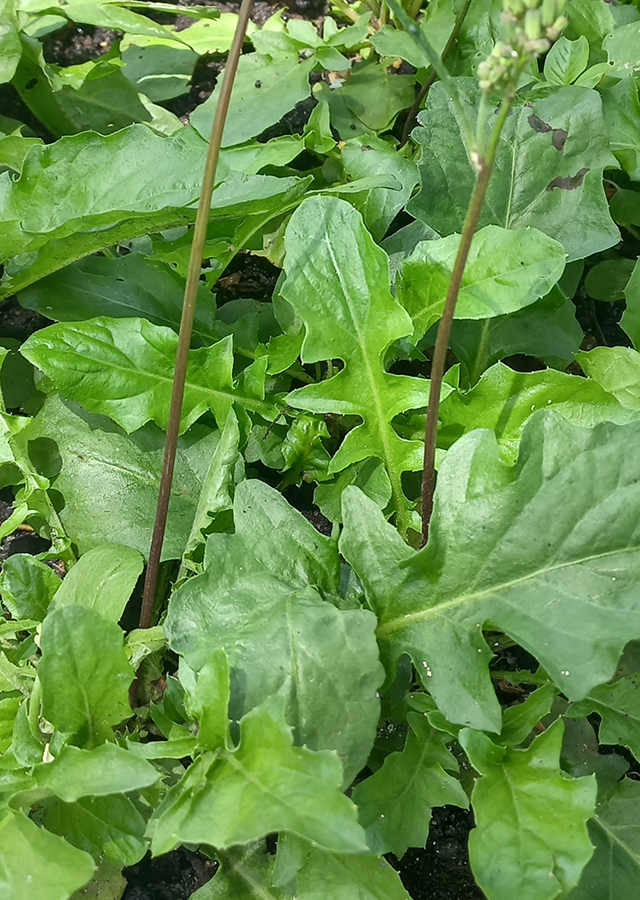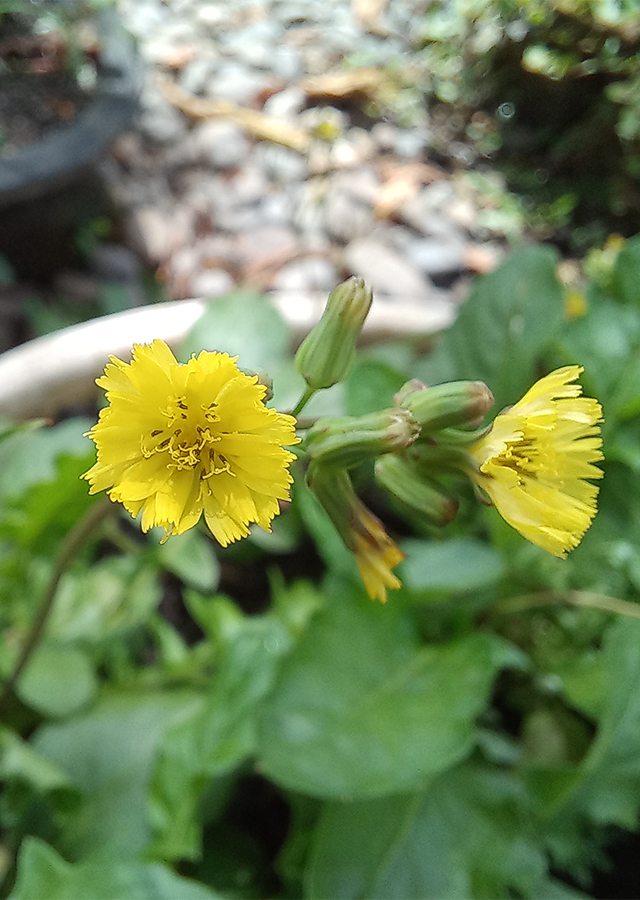Traditional Herbs from Youngia japonica
wound
- Take enough fresh leaves of the jukut kamanilan plant, wash them until clean.
- Crush it until it becomes a paste.
- Apply the leaf paste on the wound.
boils
- Prepare the leaves of the fresh jukut kamanilan plant wash enough until clean.
- Crush it until it becomes a paste.
- Apply the leaf paste on the boil.
What is Youngia japonica Looks like??



Parts of Youngia japonica that could be used
- Leaves
- All Parts of the Plant
Youngia japonica Distribution
Youngia japonica is a plant native to East Asia, such as China, Japan and Korea, then spread to Southeast Asia (Malaysia, India), Australia, and has been introduced to Mexico, Central and South America, Europe, Africa and the Pacific Islands. In Asia, young leaves and young plants of Youngia japonica are consumed as a vegetable, either raw or cooked. All parts of the plant are used in traditional medicine, especially in traditional Chinese medicine, which is generally used to reduce fever, detoxification and atopy (allergy). People sometimes plant this plant as an ornamental plant.Agroecology of Youngia japonica
This plant is often found growing on roadsides, disturbed areas, mountain slopes, mountain valleys, forests, forest edges, forest meadows, river banks, footpaths, roadsides, damp areas, at an altitude of 200-4,500 m above sea level. Likes open places but tolerates shade. Its growth is suitable in areas with average annual rainfall between 800-2,000 mm.
Morphology of Youngia japonica
- Taproot.
- Cylindrical stem, diameter 0.5-6 mm, grooved, monopodial branching, glabrous to almost pubescent (short, smooth hairs), produces milky white sap.
- Single leaves, arranged alternately -alternated, basal rosette, stipules present or absent, spatula-like leaf shape, tapered base, rounded tip, finely serrated to finely serrated edges, bony pinnate, glabrous.
- Flowers are bright yellow and the tips are dark brown to black and serrated, ray florets consist of 10-20 strands, have 5-8 petals. Anthers are dark green (purple when dry), stalk The pistils and stylus branches are yellow. The inflorescences are compound panicles.
- Fruits are oval and elongated, the surface has successive grooves, dark brown, long in size. 1.2-2 mm, number of cavities 1, pappus white.
Cultivation of Youngia japonica
- Generative propagation (seeds).
- Seed dispersal is aided by the wind.
Youngia japonica, more details :
Chemical Content of Youngia japonicaGuaiane-type sesquiterpenes, taraxasteryl acetate, n-docosanol, β-sitosterol, stigmasterol, retinol, β-daucosterol, docosanoic acid, apigenin compounds.
Benefits of Youngia japonica
Treats wounds, cleansing blood, treats digestive problems such as constipation, reduces fever, boils, snake bites, detoxification, atopy (allergy), angina, vaginal discharge, mastitis (inflammation of breast tissue), conjunctivitis, rheumatism, has antitussive properties. Has anticancer and antiviral activity.
Simplisia of Youngia japonica
Another Facts for Youngia japonica :
Synonym of Youngia japonicaChondrilla japonica Lam., Crepis formosana Hayata, Youngia integrifolia Cass.
Habitus of Youngia japonica
Herb. Erect herb, annual or biennial, reaching 150 cm in height
Habitat of Youngia japonica
- Forest", "Coastal", "Roadside", "Grassland", "Land
No comments:
Post a Comment